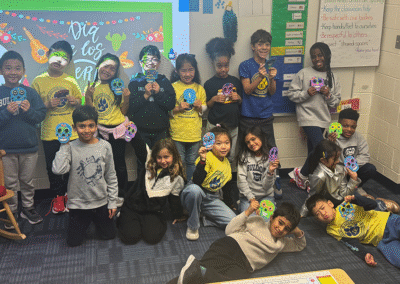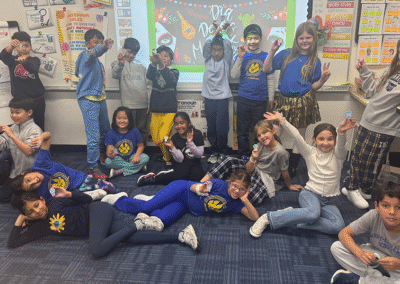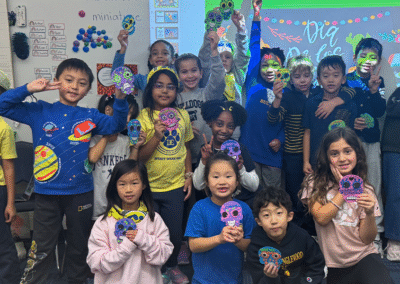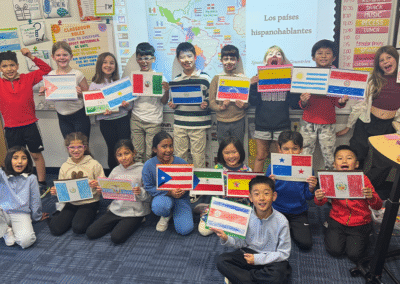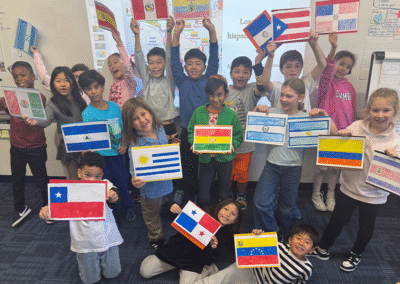Fall Festivities and the Study of Cultures in Spanish Class
Submitted by Janet García-Levitas PreK3-3rd Grade LS Spanish Teacher
The fall season brings many meaningful occasions to learn about Spanish and Hispanic cultures in Spanish class. Holidays such as Hispanic Heritage Month, celebrated nationally from September 15th through October 15th, and Día de los Muertos, or Day of the Dead, which is celebrated on November 1st and 2nd, provide wonderful opportunities for students to learn about the cultures of the people who speak Spanish, and to work towards the ACTFL (American Council for the Teaching of Foreign Languages) Cultures Standards goal 2.1 of having students understand the relationship between the practices and perspectives of the culture studied. Language studies indicate that the study of cultures fosters empathy for people with different backgrounds, enhances communication, builds critical thinking skills, and helps break down barriers between cultures.
During Hispanic Heritage Month, students learned about the twenty-one countries that speak Spanish and they were able to honor and recognize the history, culture, and contributions of Hispanic Americans. In first through third grade, students were introduced to Spanish and Hispanic cultures by learning about where these Spanish speaking countries are located, across four continents, and completing map-related activities, while third graders also built upon their prior knowledge, and learned about these countries’ capitals. Students surveyed each country’s flag and colored their own versions. In the third grade, students delved deeper into their cultural studies and replicated a flag for each Spanish-speaking country, and concluded the unit by creating a music video, where they sang about all the Spanish-speaking countries while students held up their respective flag for different parts of the song where their country was mentioned.
Students also learned about various Hispanic Americans, such as the first female Hispanic NASA astronaut, Mexican-American Elena Ochoa, and the first Hispanic actor on an American television program, Cuban-American Desi Arnaz, who starred in I Love Lucy. They also observed how various Hispanic American children feel about their heritage and what makes them proud of it. Classes had the opportunity to learn about different holidays and festivals in various countries, to learn about foods eaten in Spanish-speaking countries, and to listen to different styles of music and dance in Spanish.
Last week, students in first to third grade classes celebrated El Día de los Muertos (The Day of the Dead). El Día de los Muertos is celebrated on November 1st and 2nd in Mexico, Ecuador, Guatemala, El Salvador, and other countries in Central and South America. It combines the ancient Aztec custom of celebrating ancestors with Spanish traditions that were brought to Mexico in the early 1500’s. During this time, families create altars to commemorate their loved ones, and may visit cemeteries on the last day, to decorate the headstones of their loved ones. Students learned that Día de los Muertos is a joyful time that helps people remember their loved ones, honor their memory, and celebrate life.
In class, students designed their own unique sugar skulls, representing the sweetness of life. They learned about this holiday and had fun in the process. Students now have a better understanding of Spanish and Hispanic cultures that will be built upon this year and in future language courses.


